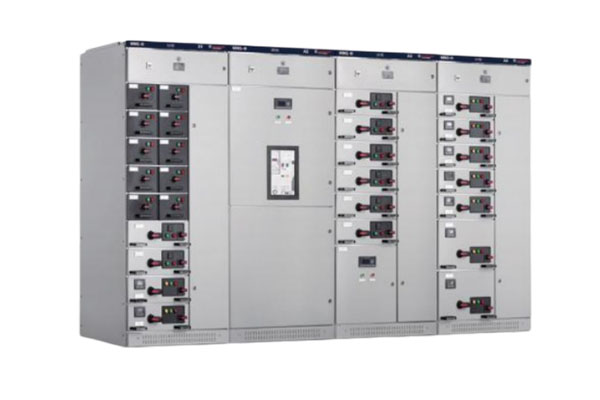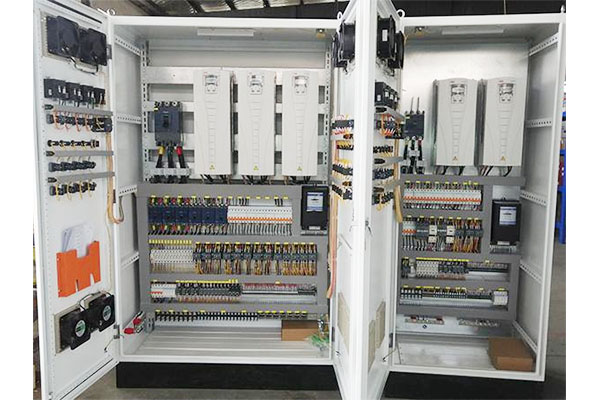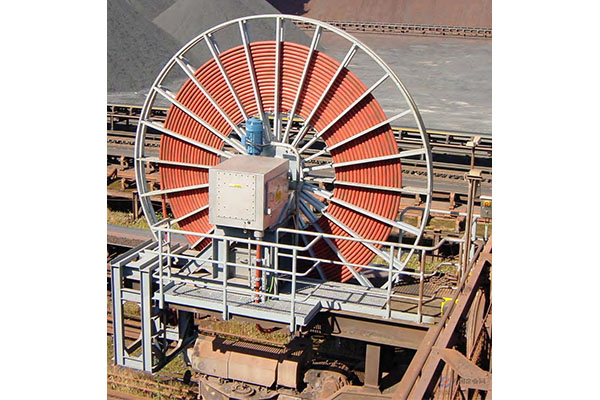How can a highly integrated PLC control cabinet effectively save space and simplify industrial control system wiring?
Release Time : 2025-06-30
The key to the effective space saving of highly integrated plc control cabinet lies in its intensive design of internal components. Traditional industrial control systems often require multiple independent devices to work together, each device occupies a certain space, and the connection lines between devices are complicated and numerous. The highly integrated plc control cabinet breaks this decentralized mode and integrates the control, calculation, storage and other functional modules that were originally scattered in different devices into a compact cabinet through advanced technical means. Through reasonable planning and layout, various functional modules work closely together, which greatly reduces the overall footprint without affecting performance, so that the control cabinet can easily adapt to industrial sites with limited space.
From the perspective of circuit design, the highly integrated plc control cabinet adopts advanced circuit board design and manufacturing technology. Engineers use high-density wiring technology to integrate a large number of circuit components and lines on a smaller printed circuit board. This design not only reduces the physical distance between components, but also avoids the extra space occupied by long lines. At the same time, the high degree of integration makes the circuit structure in the control cabinet more concise and clear. Compared with the intricate line layout in the traditional control system, the number of internal lines in the highly integrated control cabinet is greatly reduced, and the layout is more regular and orderly.
In the actual installation process, the highly integrated plc control cabinet greatly simplifies the wiring process of the industrial control system. When installing a traditional control system, technicians need to spend a lot of time and energy to distinguish and connect many lines with different functions, which is not only inefficient but also prone to connection errors. The highly integrated plc control cabinet has completed the pre-connection and debugging of most lines inside, and only the necessary power supply and a small number of key signal lines need to be connected outside. This pre-integration method makes the installation process simple and fast, greatly shortens the installation cycle, and reduces the difficulty of installation and the probability of error.
The highly integrated plc control cabinet also adopts a standardized interface design. Both the input signal interface and the output control interface follow unified standards and specifications. This design feature makes the connection between different devices more convenient and efficient. When technicians are performing system integration, they do not need to worry about the interface compatibility issues between different devices, they just need to connect according to the standard interface. This standardized connection method further simplifies the wiring work and also improves the reliability and maintainability of the system.
From the perspective of equipment maintenance, the highly integrated plc control cabinet also has significant advantages. Due to the simple layout of the internal circuits in the control cabinet and the concentration of components, when the system fails, technicians can locate the fault point more quickly and accurately. Compared with the messy circuits in traditional control systems, highly integrated control cabinets reduce the difficulty and time cost of troubleshooting caused by complex circuits. In addition, high integration makes it easier to replace and upgrade components in the control cabinet. There is no need to make large-scale circuit adjustments to the entire system. Only specific modules or components need to be operated, which indirectly reflects its advantages in simplifying wiring.
The advantages of highly integrated plc control cabinet in saving space and simplifying wiring are also reflected in its adaptability to industrial production environments. In some industrial places with strict space requirements, such as ships and small factories, highly integrated control cabinets can meet the equipment installation requirements in limited spaces while ensuring the stable operation of the system. The simplified wiring design also enables the control cabinet to have stronger anti-interference ability when facing complex and changeable industrial environments, reducing the risk of system failures caused by circuit problems, and providing a strong guarantee for the continuity and stability of industrial production.
The highly integrated plc control cabinet achieves the goal of effectively saving space and simplifying the wiring of industrial control systems through intensive component design, advanced circuit layout, standardized interfaces and convenient installation and maintenance methods. This advantage not only improves the installation efficiency and reliability of industrial control systems, but also reduces the operating costs of enterprises, providing solid technical support for the intelligent and efficient development of industrial production.







